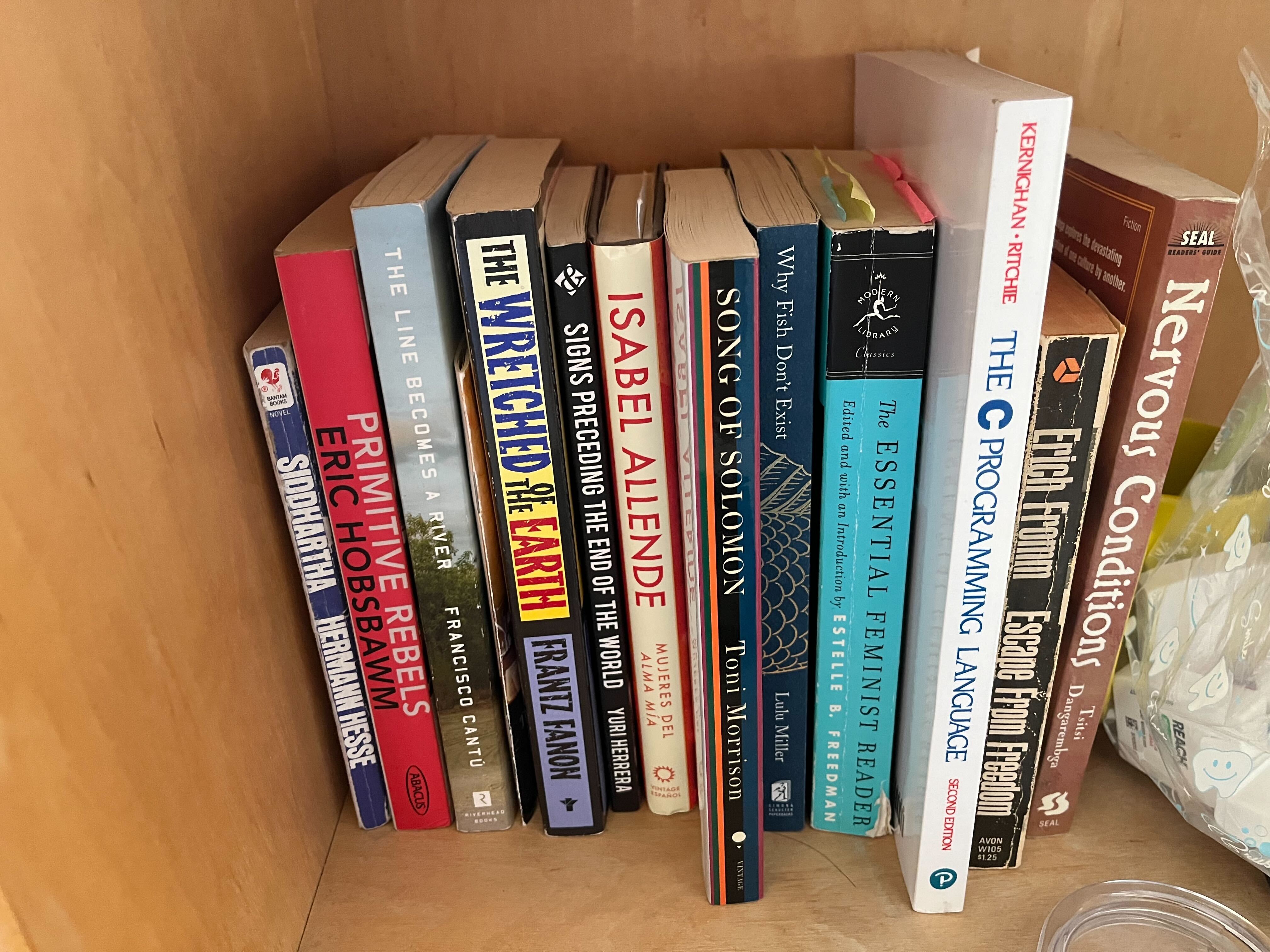Back at the start of the summer, in my Approaching Stanford form, I was asked to write down my academic goals for my Stanford career, among other anticipations and aspirations. All of a sudden, the imagination of a future full of hopes and opportunities replaced the dullness of senior spring. There was so much to think about. I remember writing long paragraphs, cutting them to be exactly 4000 characters, the word limit of the response, just like I had for my college application essays and high school essays in my relentless pursuit for perfection.
Among what I cut was my love for reading and other details I considered too “trivial” to include. What I kept were phrases like “learning computer science and data science,” “the intersection between big data and psychology” and “using computational models to formalize mental ones.” Nothing was wrong — except that I did not know the meaning behind the buzzwords that I jotted down. Back then, I had no idea what “computer science” entailed, nor did I understand what “data science” and “big data” were. They were just words that everyone else around me used: what my parents said was trending, what statistics had shown to yield lucrative careers and, of course, what my future school, Stanford, embodied. I would be going to a school known for its innovative research in the tech world, and I desperately needed to reinvent myself to be more “fit” for Stanford.
Over the summer, I learned about SLE and its amazing community, but I did not sign up, thinking that in a trajectory of change and continuity, college should be about change — about exploration into unfamiliar areas instead of repeating old interests. To prepare myself for transformation, I started teaching myself coding, learning Python from scratch. From one YouTube tutorial to another, from Code Academy to EdX’s CS50, alien ideas like “for loop” and “if statements” became less cryptic. I came to believe that I was a step closer to selling out.
When asked about what major I would pursue, I would answer Symbolic Systems: the perfect combination of STEM and the humanities. But when asked about what the major was about, I was silent and had to awkwardly pull up the SYMSYS website and recite the introduction. Most of the time, others were still confused, and so was I. Nevertheless, what I had planned for myself on my sell-out journey seemed more than reasonable, so I continued on.
Last fall, I found myself immersed in a new world of bits, images and matrices, with my past self eluding me. Lost in the ocean of problem sets, I found something missing in my education; the same burst of emotions I had felt when I came across beautiful, powerful texts was now gone, replaced by the, although satisfying, ultimately temporary joy of finishing daily assignments. I realized I had not read for fun in a very long time. While one part of my brain was doing busy calculations and reasoning through codes, the other one — the one capable of aesthetic appreciation and abstract thinking — remained stagnant, unused, and forgotten. Amidst freshmen sickness and imminent deadlines week after week, I became the Stanford imposter, slowly blending into my larger environment but losing my sense of identity, forgetting the things that I wrote about that made me “excited about learning” in my Stanford application.
My promises to relive happy memories of leading my high school newspaper, literary magazine and other publications by writing for the Daily were inundated by my excuses to finish problem sets. “Writing for the Daily” and “reading” remained unchecked on the top of my to-do lists for months. Excuses and avoidance devoured motivation. The emptiness that I felt led me to introspection.
I needed literature in my life. Years of humanities education in high school were not enough. What I had learned about South Africa, Latin America, Revolution and the Atlantic World, fascism and border politics did not mean I was educated enough; instead it only made me hungrier for knowledge in the pursuit for global justice. What I had read about feminism, modernism and dystopian imaginations could not suffice. No matter how much I had read them, there was always more depth to Virginia Woolf’s exploration of consciousness and T.S. Eliot’s poetics that remained hidden.
Winter quarter, I transformed. Unlike fall quarter, I spent time looking for classes with descriptions that excited me, not just ones that could fulfill requirements. Taking only those classes that interested me, I picked up reading again, this time both for class and for fun. Starting from the ideas that I was introduced to in class, I decided to dig deeper, understanding concepts like cognitive biases, personality change and continuity, and machine learning in data science to understand and not memorize. To learn, not check off boxes on the list of prerequisites for a major. To explore my curiosities, not conform to what everyone else is learning.
The path for my education, as I now envision, is neither a straight continuity from my journeys in high school nor a complete swerve from what I had been doing. The path is and will be long, with twists and turns, but it will be mine.
As I find each of the topics that I learn connecting with one another, with theories of consciousness in “Literature and the Brain” informing topics in “Minds and Machines,” and hands-on application of machine learning in “Data Science” complementing my introduction to machine learning in SYMSYS 1, I realize now that I have come full circle. The quest so far has taken me to where I first started. But this time, I can give a better explanation to what the seemingly cryptic name “Symbolic Systems” entails because now I am learning for myself, free from other factors.
My sell-out journey did not succeed, but I dropped it voluntarily to pursue my own path. Selling out failed, but freedom will triumph.
